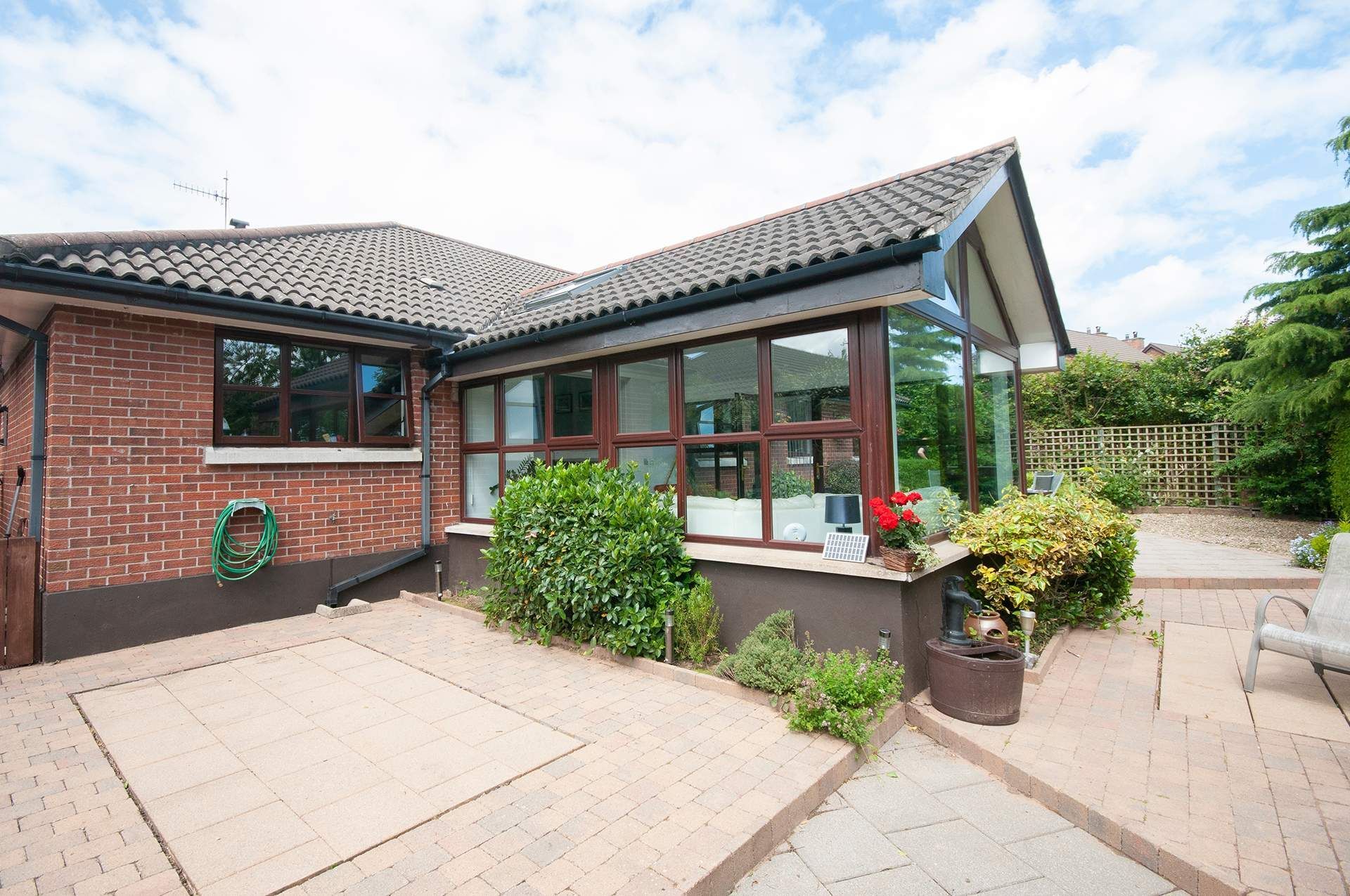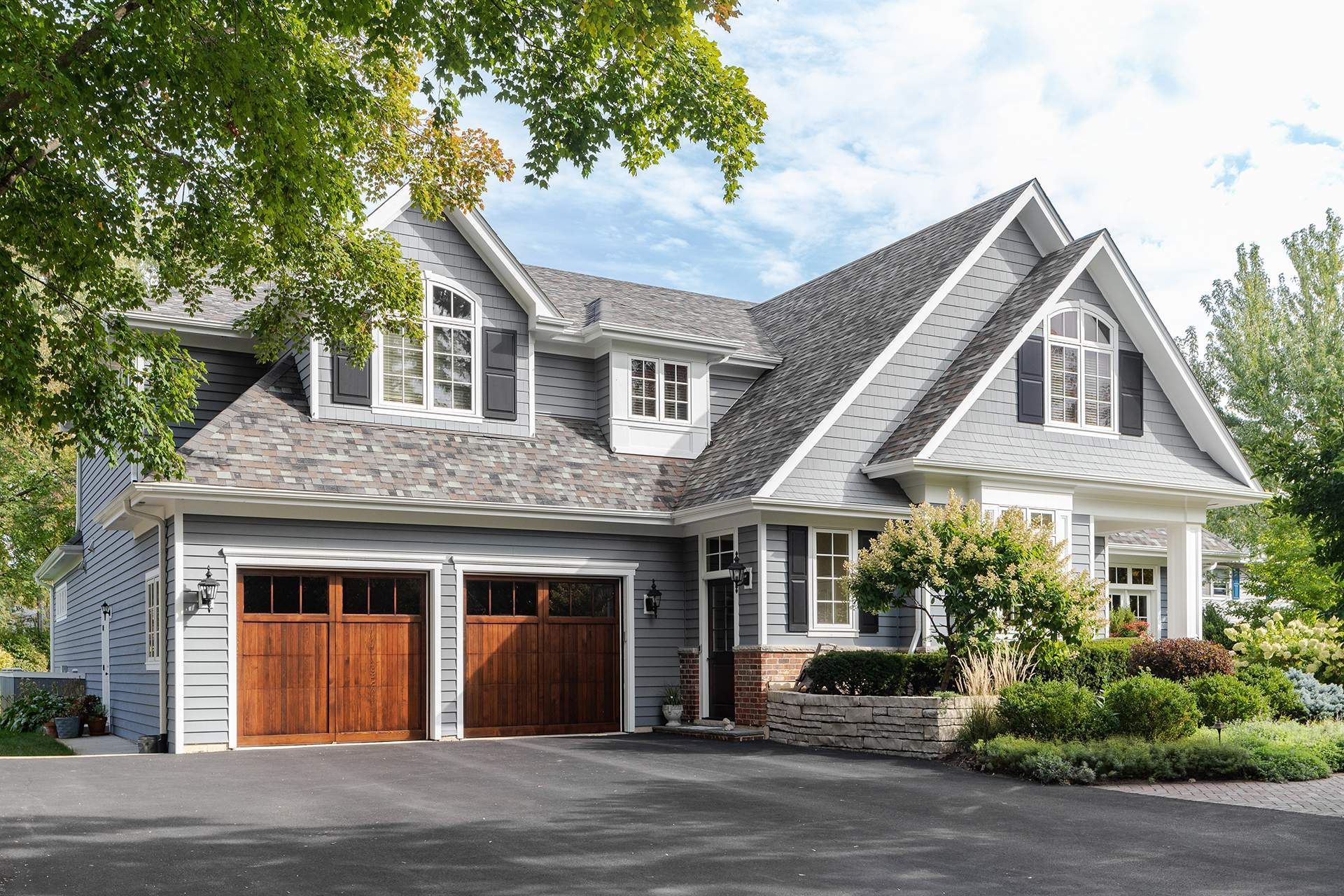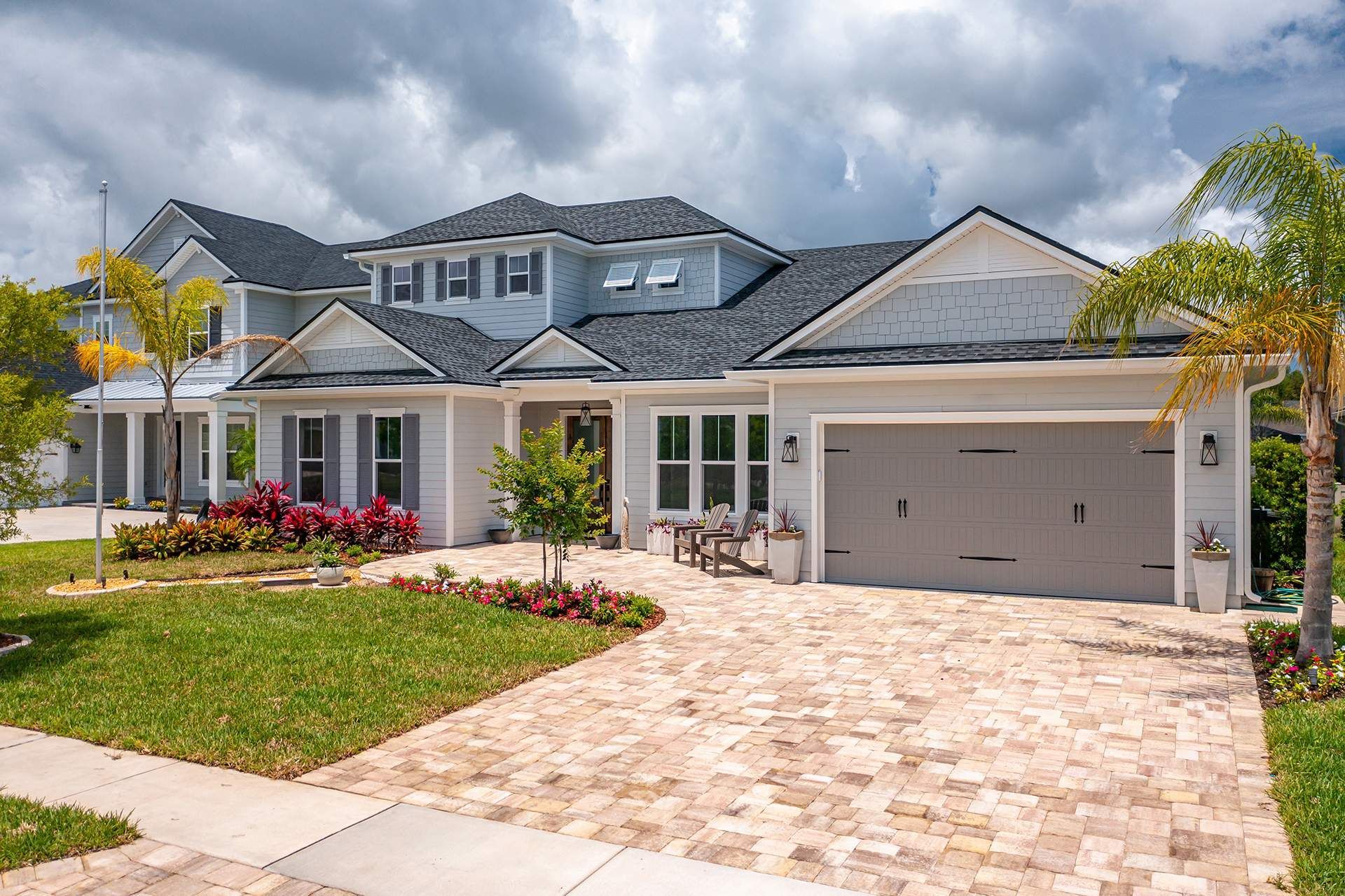Residential Roofing
At PRS General Contracting, we know that busy schedules make it challenging to navigate construction projects alone. Our goal is to make this process easy and seamless by building trust from the start. Each project we take on is led by a dedicated project manager, who serves as your point of contact and guide through every phase. From your first free inspection to final project approval, our team will be by your side. Here’s what you can expect from us:
- Expert Insurance Navigation: We’ll assist you in understanding and navigating the insurance claims process, maximizing your benefits.
- On-Site Adjuster Meetings: Our project managers meet directly with adjusters to ensure all aspects of your roof’s condition are properly documented.
- Quality Assurance: We prioritize quality control on every project, using only the best materials and verified installation practices.
Your roof serves as the primary barrier against environmental hazards, preventing water damage, structural issues, and temperature loss. To maintain this critical part of your home or business, regular inspections and timely maintenance are essential.
3 Essential Things to Know About Your Roof
How Long Should a Roof Last?
This is one of the most frequently asked questions of our customers, it's also one of the most difficult ones to answer without conducting a visual inspection of the roof. Under ideal conditions, roofs can have an effective service life ranging from 15 to 45 years.
However, due to certain factors, some roofs may be compromised after only a few years. Once compromised, a roof can no longer effectively protect a property and if issues are left unresolved, significantly and costly damage can occur.
5 Factors That Will Impact the Service Life of Your Roof:
- The TYPE of ROOF you have
- The QUALITY of the MATERIALS used
- The QUALITY of the INSTALLATION
- The AGE of the roof and ENVIRONMENTAL conditions
- The PROPER FUNCTION of supporting components and systems

The Type of Roof You Have
The type of material used for your roof has a dramatic impact on the service life of your roof. Asphalt shingles, the most common roof type in the Houston area, typically last 15 to 30 years. These are generally the most affordable roof option. Moving up to a metal roof, you can expect a 30 to 45 lifespan, but at a significantly higher cost. Last option for most residential roofs is tile roofing.
These roofing systems are the most expensive option, due to the cost of materials and the additional structural reinforcement necessary to support the heavier weight. The higher investment for this type of roof will yield the longest service life, ranging from 35 to 50 years. Spanish tile can last up to 70 years in the right conditions.
The QUALITY of INSTALLATION
As with most industries, the quality of service can vary greatly, roofing is no different. Unfortunately, if a roof is not installed correctly or using the right materials and components, even the best constructed and designed roof system can experience a shorter life span and ultimately fail.
PRS General Contracting believes in doing a job right the first time and delivering the same quality of workmanship to our customers that we would our friends and family. We understand that individual roofing components (e.g. shingles and underlayment) need to compliment and work with each other to deliver maximum protection and service life.
The QUALITY of MATERIALS used
As we discussed, different roof types have different service lives. You'll also see huge swings in ranges of service life within the same type of roofing system. Take for instance asphalt shingles, the quality of materials, manufacturer and design of the shingle can significantly shorten or extend the lifetime of the roof.
Unfortunately, some roofers will use whatever shingles are cheapest, regardless of quality or manufacturer, often mixing and matching materials that don't function well together. PRS General Contracting uses only the best roofing materials because we know that the quality of materials and manufacturing process are of the upmost importance for longevity.
Asphalt Shingles
As mentioned earlier, shingle design can also dramatically impact a roof's ability to protect your home for a longer term. Specifically, asphalt shingles come in two configurations, the common and least expensive 3-tab version and the upgraded and better performing Architectural design. 3-tab shingles are cheaper, because they are relatively thin and made up of a single layer of materials. Architectural shingles, however, have two asphalt shingles stripes laminated together. This layering creates a shingle that is better suited to hold up against the elements. When hail hits a 3-tab shingle, the damage is typically much more significant than with an Architectural type.
3-tab shingles usually weigh about 40% less, so they are more easily picked up by high winds. Most are rated for wind speeds up to 60 mph; while Architectural shingles weigh more and are rated for wind speeds up to 80-120 mph. We routinely see winds north of 65 mph in the Greater Houston area market and is one of the leading causes of damage to 3-tab roofs.
At PRS General Contracting we install/upgrade to architectural shingles as standard, ensuring your piece of mind.
The AGE of the Roof & ENVIRONMENTAL Conditions
Even the highest quality roofing systems and quality installation can't offset the effects of a roof aging. Like most things, roofing materials begin to lose their effectiveness as the years tick on. A roof shingle that was once a pliable and resilient shingle will eventually become rigid and fragile. Environmental factors, such as high heat, heavy rains, winds and hail can significantly shorten a roof's lifespan and accelerate failure. Take a 3-tab shingle as an example.
You have an already thin material that is more likely to be lifted up by heavy winds. Now, imagine that 3-tab roof after it has gone through a few 90 degrees plus summers. The shingle material is already starting to lose some of its resiliency and when a heavy wind hits the roof, it's more likely to lift and crease, creating potential for a leak. Add a few more summers and that same shingle may start to split and crack as the shingle becomes more and more brittle.
5 Factors That Affect Roof Longevity
How Long Should a Roof Last?
Customers frequently ask about roof longevity, but the answer varies based on a range of factors, including roof type, installation quality, and local weather. Generally, a roof’s service life ranges from 15 to 45 years, but under certain conditions, it may require attention sooner.




